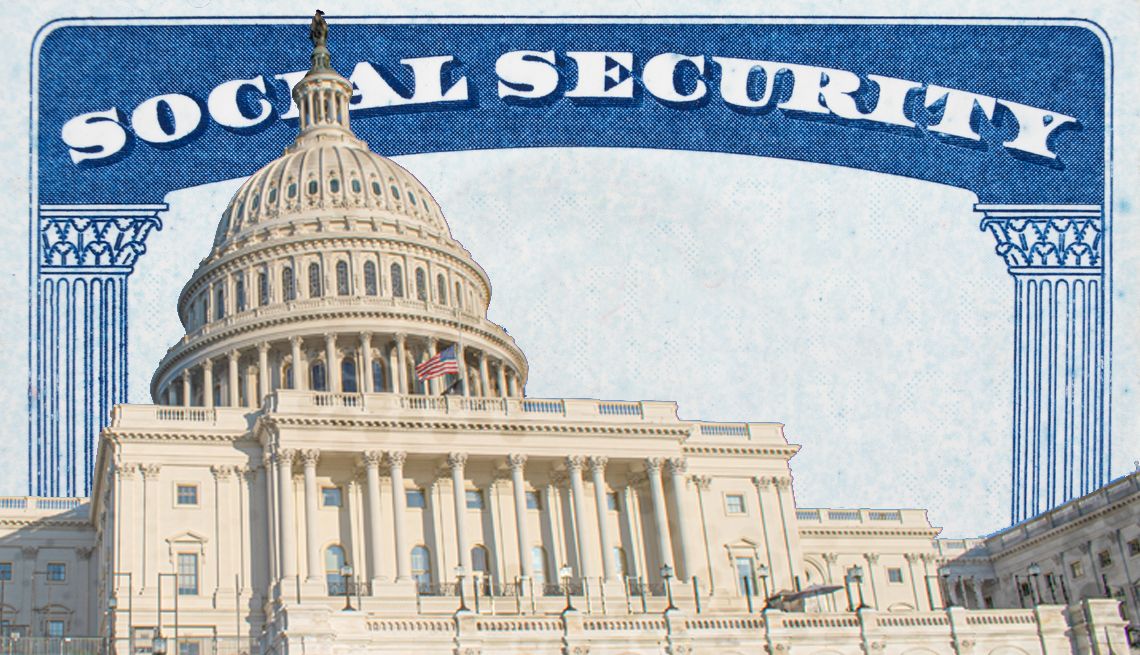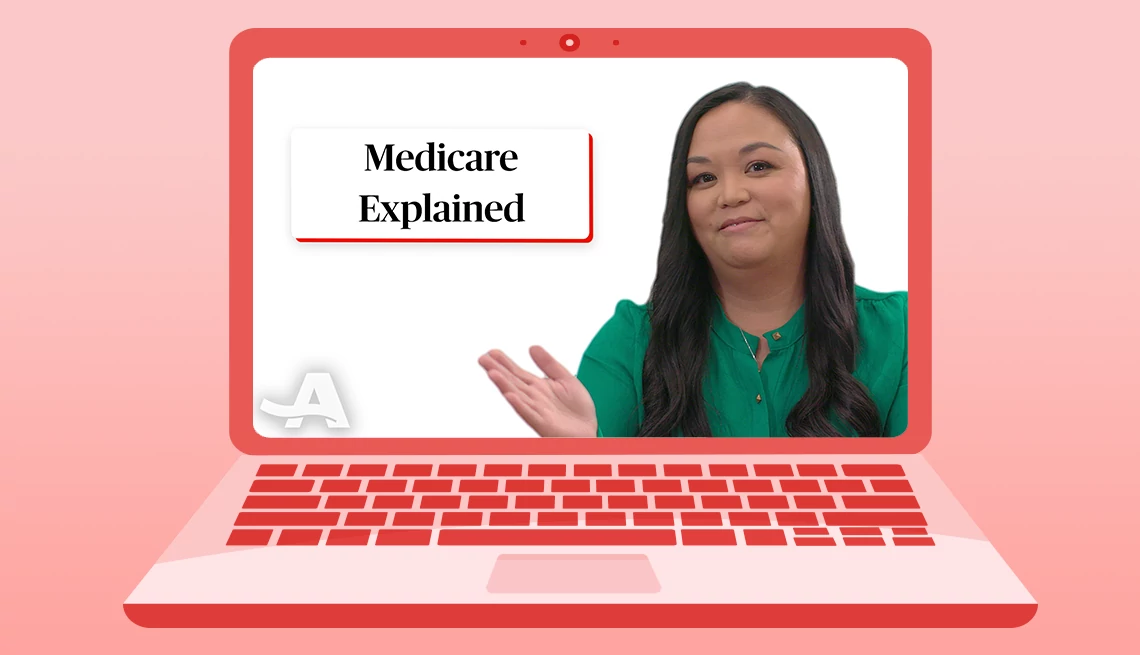AARP Eye Center
How to Find Forgotten 401(k) Accounts
Have you changed jobs and left retirement accounts behind?
“Forgetting about old 401(k)s, or even how much is in them, is more common that we would all like to think,” says Kashif Ahmed, president of American Private Wealth in Bedford, Massachusetts. “I recently had a client who forgot about an old 401(k). Once we uncovered it, it had more than triple what she thought it might contain.”
Capitalize, a company that helps individuals roll over their employee-sponsored retirement assets, estimates that U.S. workers have left behind 29.2 million accounts holding a total of $1.65 trillion in assets. Driven by increased job-switching amid the "Great Resignation," the number of forgotten 401(k)s has grown by more than 20 percent since May 2021, the company says in a June 2023 report.
Tracking down that money is now easier thanks to the SECURE 2.0 Act of 2022, a set of federal provisions aimed at bolstering Americans’ retirement savings.
Among its 90-plus provisions, SECURE 2.0 directed the U.S. Department of Labor (DOL) to establish a lost-and-found database for workplace retirement plans. The online tool, launched in late 2024, can help you find contact information for the plan administrators of past retirement accounts. Employers will be required to share some information on former employees with the DOL to keep the database current.
The law also includes portability measures so that accounts follow workers when they leave a company. Now, “employers that are left with these benefits can now automatically transfer them to the ex-employee’s new job,” says Brandon Ashton, director of retirement security at Cornerstone Financial Services in Southfield, Michigan.
Old jobs, hidden treasure
Even with those improvements, finding forgotten retirement benefits can be difficult, especially when companies merge, go out of business or rebrand, Ashton says. About 8.5 percent of U.S. businesses, or some 600,000 establishments, close per year, and those numbers were elevated in the first year of the pandemic, according to a Federal Reserve study.
Also, people tend to switch workplaces frequently these days. According to data from the U.S. Bureau of Statistics, the average American born between 1957 and 1964 has changed jobs about a dozen times, most frequently in their early years of working. A record 47.4 million U.S. workers quit their jobs in 2021 amid the Great Resignation, seeking better pay and conditions or opting for early retirement.
Money can get lost in several other ways, says Tess Zigo, a certified financial planner (CFP) at TruWealth Partners in Palm Harbor, Florida. You may have moved or changed your email address, so your previous employer can’t find you. Or your old 401(k) plan may have changed plan sponsors.
“I’ve had one client who keeps trying to reach the old sponsor to get the 401(k) rolled over, after 10 attempts,” Zigo says. “It can be a frustrating process.”
Be sure to track it down. Data from Capitalize shows that the average balance in lost accounts is $55,400. Over a lifetime, failure to reclaim these assets could cost individuals as much as $700,000 in retirement savings, an estimate based on data and analysis from the DOL, the Census Bureau, 401(k) record-keepers and the Center for Retirement Research at Boston College.
It’s important to locate this money so you can keep building it, Zigo says. “I’ve seen many young folks — believe it or not — who have old accounts sitting in money market funds not earning a dime.”
AARP Membership -Join AARP for just $15 for your first year when you enroll in automatic renewal
Join today and save 25% off the standard annual rate. Get instant access to discounts, programs, services, and the information you need to benefit every area of your life.
How to start your search — and make the most of what you find
The Department of Labor database makes locating your money easier. A qualified financial planner can help you navigate the hurdles and handle tax issues arising from found money. The Financial Planning Association offers a searchable online database of its members.
1. Take stock of your accounts
Make a list that includes every workplace where you contributed to a 401(k) or similar plan and contact them to see if they still have an account in your name. They may have lost track of you due to outdated contact information.
“For our clients, it’s common to see one or two old plans where they still have funds,” says Charles Sachs, chief investment officer at Imperio Wealth Advisors in Coral Gables, Florida. “We work with them to roll the funds over.”
2. If a company has closed, check these websites
Closures, mergers or 401(k) plan changes can make an old account harder to trace, says Mark Ziety, a CFP at WisMed Financial in Madison, Wisconsin. If you can’t get in touch with a past employer or plan administrator, do a search on the DOL’s EFAST tool, which has plan information dating back to 2010.
After a time, unused financial accounts may be considered unclaimed property and fall under control of the states although that is rare. You can uncover and potentially reclaim such funds via the National Association of Unclaimed Property Administrators or an affiliated website, Missing Money. Both have links to state treasurers, comptrollers or other officials who regularly update lists of unclaimed assets.
3. Roll over the money directly
Once you’ve located your old plans, work with your financial planner to roll the funds over to a specified 401(k) or individual retirement account (IRA). And if your current employer offers a retirement savings plan, ask your human resources department if it includes access to someone who can help you roll over your money directly to your new employer.
Make sure the money is sent directly to the financial institutional handling the current retirement account. If it lands in your bank account, the IRS could consider it an early withdrawal from the prior 401(k), triggering an automatic 20 percent tax withholding, says Alec Quaid, a Denver-based wealth manager with Poterack Capitol Advisory.
4. Adjust your investment strategy
Your old accounts may reflect a mishmash of investments, depending on what was available in the previous employer’s plan and your younger self’s investment goals, says John Power, a CFP at Power Plans in Walpole, Massachusetts. When you find old accounts, you’ll want to fit them into current goals.
That may involve simply rolling them straight into a new employer’s 401(k). But not all workplace plans allow that, Power says, and those that do might not offer what you or your adviser consider “quality fund choices.”
An alternative could be shifting the found funds into a new or existing IRA and investing them in a way that complements the choices in the new 401(k). “This makes for purposeful investing and ease of maintenance,” Power says.
5. If you switch jobs again, consolidate as you go
To keep things as simple as possible, and to make the most of your retirement savings, put consolidating your accounts at the top of your list whenever you leave a job. “This is immensely important to sound retirement planning,” says Ahmed, who recommends attending to your 401(k) just as you would clean out your desk.
If you don’t, you may be saddled with the tedious, time-consuming task of tracking the websites, usernames and PINs related to old accounts, Zigo says.
“If you are managing 10 accounts, what’s the likelihood that you will be implementing the right asset allocation across all of them?” she adds. “That would be a feat for any of us!”
Patricia Amend has been a lifestyle writer and editor for 30 years. She was a staff writer at Inc. magazine; a reporter at the Fidelity Publishing Group; and a senior editor at Published Image, a financial education company that was acquired by Standard & Poor’s.
Andy Markowitz is an AARP senior writer and editor covering Social Security and retirement. He is a former editor of the Prague Post and Baltimore City Paper.
















)


















.jpg?crop=true&anchor=13,195&q=80&color=ffffffff&u=lywnjt&w=2008&h=1154)































